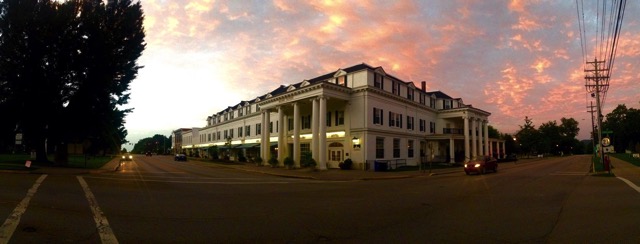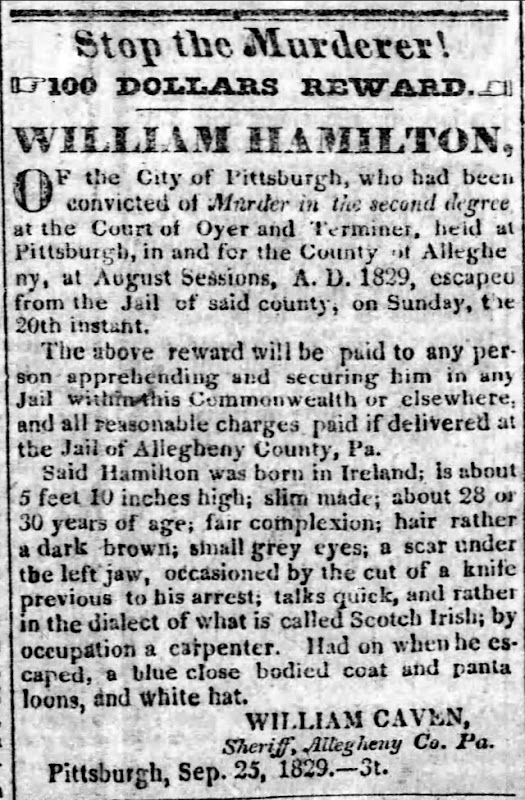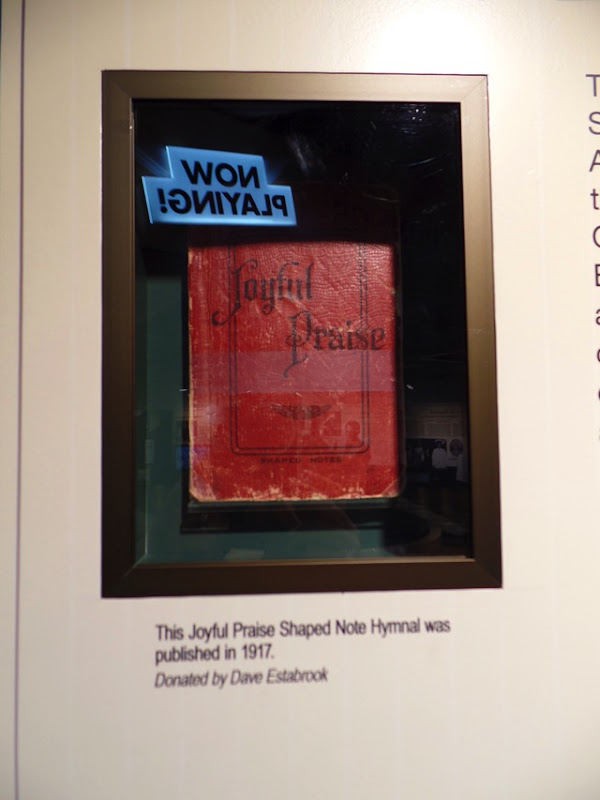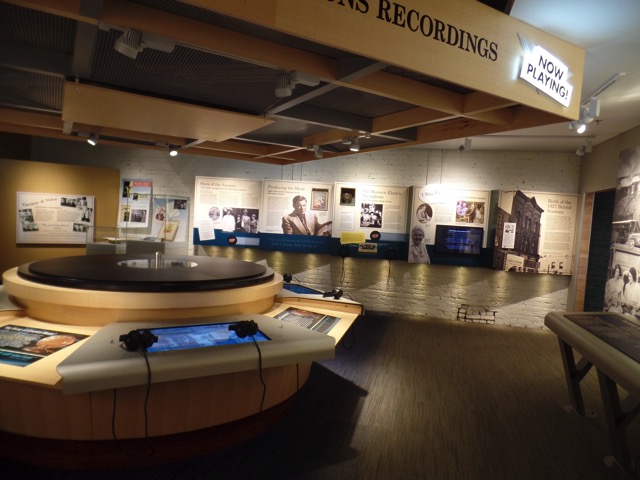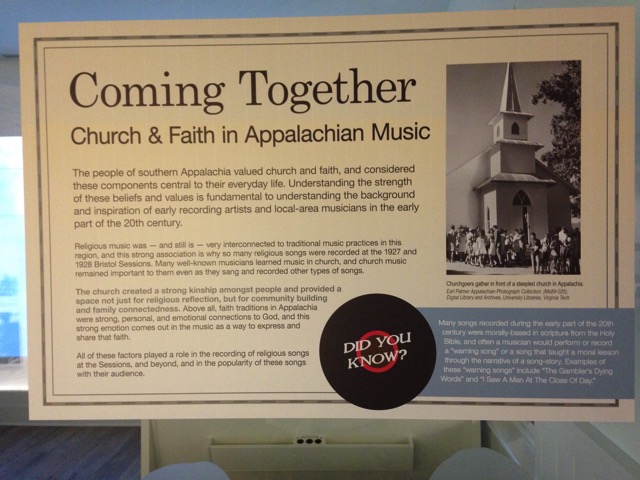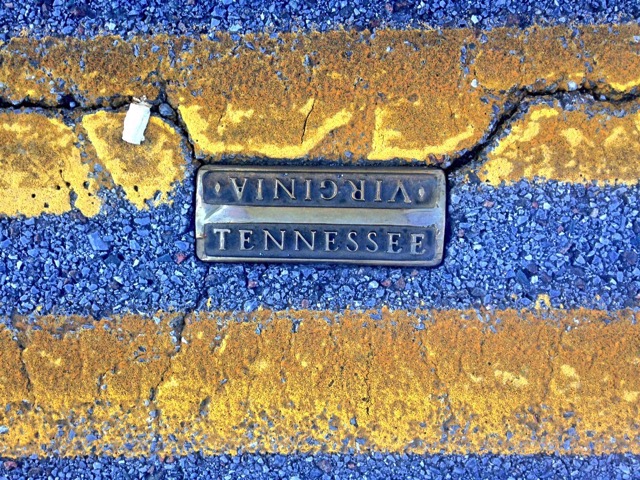
“… the first adopted statement by the Colonies which promised resistance to the death …”
“… the earliest statement of armed resistance to the British Crown in the American Colonies …"
The fuse of the 1776 American Revolution was lit by Scotch-Irish Presbyterians. Four years earlier in a remote mountain place called Lead Mines (now Austinville) in south west Virginia, a Rev Charles Cummings (1732-1812) was a leading Presbyterian minister. He had been born in Ireland (possibly Donegal) and emigrated when he was 18 on board a vessel captained by his brother James. Charles went to college in Pennsylvania and graduated in theology, during which he was tutored by Newry-born Rev James Waddell (1739–1805).
Lead Mines was the frontier seat of the vast Fincastle County, then a huge jurisdiction covering what is now south-western Virginia and all of Kentucky. Aged around 40, Cummings accepted a call to the southwest frontier and found himself among Ulster folk, or folk of Ulster descent. His old cabin home still stands today in Sinking Springs Cemetery, Abingdon (just off Cummings Street).
He is said to have drafted the Fincastle Resolutions of 20 January 1775 which are regarded as a precursor to the eventual Declaration of Independence of 1776. There had been earlier statements from other counties, but this was the first to promise resistance to the death. When you read the words of the Resolutions below, you’ll hear echoes of the Siege of Derry ringing in your ears! (One writer thinks that the meeting which adopted the Resolutions was held at James McGavock’s tavern in Fort Chiswell. McGavock was born near Glenarm in County Antrim).
The 13 signers of the Resolutions were:
William Campbell
Arthur Campbell
William Christian
Walter Crockett
Charles Cummings
William Edmondson
William Ingles
Thomas Madison
James McGavock
John Montgomery
William Preston
Evan Shelby
Stephen Trigg
Here is the old Cummings cabin, recently restored: 
In his 10 volume History of the United States from the Discovery of the American Continent, renowned American historian George Bancroft described the events as follows:
It is not probable that even one of the peers [in the House of Lords] had heard of the settlements beyond the Alleghenies, where the Watauga and the forks of the Holston flow to the Tennessee. Yet on the same day, the lords of that region, most of them Presbyterians of Scottish-Irish descent, met in council near Abingdon. Their united congregations, having suffered from Sabbaths too much profaned, or wasted in melancholy silence at home, had called Charles Cummings to the pastoral charge of their precious and immortal souls. The men never went to public worship without being armed, or without their families. Their minister, on Sabbath morning, would ride to the service with shot and pouch and rifle.... The news from Congress reached them slowly; but, on receiving an account of what had been done, they assembled in convention, and the spirit of freedom swept through their minds as naturally as the forest winds sways the firs on the sides of Black Mountain. They adhered unanimously to the association of Congress, and named as their committee Charles Cummings [and others]. Adopting the delegates of Virginia as their representatives, they addressed them as men whose conduct would immortalize them in its annals.
– George Bancroft, History of the United States from the Discovery of the American Continent, Vol. 7, 4th edition..
……………………...
The Fincastle Resolutions should therefore be regarded as one of the great Ulster-Scots declaratory documents. If you are familiar with the various Scottish (Presbyterian) Covenants, you will see the template of conditional loyalty writ large in these words –
"To the Honorable Peyton Randolph, Esq; Richard Henry Lee, George Washington, Patrick Henry, junior, Richard Bland, Benjamin Harrison, and Edmund Pendleton, Esquires, the Delegates from this colony who attended the Continental Congress held at Philadelphia:
Gentlemen,
Had it not been for our remote situation, and the Indian war which we were lately engaged in, to chastise those cruel and savage people for the many murders and depredations they have committed amongst us (now happily terminated, under the auspices of our present worthy Governour, his Excellency the Right Honourable the Earl of Dunmore) we should before this time have made known to you our thankfulness for the very important services you have rendered to this country, in conjunction with the worthy Delegates from the other provinces. Your noble efforts for reconciling the Mother Country and the Colonies, on rational and constitutional principles, and your pacifick,steady, and uniform conduct in that arduous work, entitle you to the esteem of all British America, and will immortalize you in the annals of your country. We heartily concur in your resolutions, and shall, in every instance, strictly and invariably adhere thereto.
We assure you, Gentlemen, and all our countrymen, that we are a people whose hearts overflow with love and duty to our lawful sovereign George III. whose illustrious house, for several successive reigns, have been the guardians of civil and religious rights and liberties of his subjects, as settled at the glorious Revolution; that we are willing to risk our lives in the service of his Majesty, for the support of the Protestant religion, and the rights and liberties of his subjects, as they have been established by compact, law, and ancient charters.
We are heartily grieved at the differences which now subsist between the parent state and the colonies, and most ardently wish to see harmony restored, on an equitable basis, and by the most lenient measures that can be devised by the heart of men.
Many of us, and our forefathers, left our native land, considering it as a kingdom subjected to inordinate power, and greatly abridged of its liberties. We crossed the Atlantick, and explored this then uncultivated wilderness, bordering on many nations of savages, and surrounded by mountains almost inaccessible to any but those very savages, who have incessantly been committing barbarities and depredations on us since our first seating the country. These fatigues and dangers we patiently encountered, supported by the pleasing hope of enjoying those rights and liberties which have been granted to Virginians and were denied us in our native country, and of transmitting them inviolate to our posterity. But even to these remote regions the land of unlimited and unconstitutional power hath pursued us, to strip us of that liberty and property with which God, nature, and the rights of humanity, have vested us. We are ready and willing to contribute all in our power for the support of his Majesty's government, if applied to constitutionally, and when the grants are made by our own representatives; but cannot think of submitting our liberty or property to the power of a venal British parliament, or to the will of a corrupt ministry.
We by no means desire to shake off our duty or allegiance to our lawful sovereign, but on the contrary shall ever glory in being the loyal subjects of a Protestant prince, descended from such illustrious progenitors, so long as we can enjoy the free exercise of our religion, as Protestants, and our liberties and properties, as British subjects.
But if no pacifick measures shall be proposed or adopted by Great Britain, and our enemies will attempt to dragoon us out of those inestimable privileges which we are entitled to as subjects, and to reduce us to a state of slavery, we declare, that we are deliberately and resolutely determined never to surrender them to any power upon earth, but at the expense of our lives.
These are our real, though unpolished sentiments, of liberty and loyalty, and in them we are resolved to live and die.
We are, Gentlemen, with the utmost esteem and regard, your most obedient servant."
……………………...
• Rev Charles Cummings’ parents were John Cummings and Sara (Polk) Cummings. His wife was Mildred Millicent (Carter) Cummings.
• You can read more here.
• Recent article on Cummings here
PS: Exactly 4 months after, on 20 May 1775, the more well-known Mecklenburg Declaration was proclaimed in North Carolina. One of the men present was a Rev Francis Cummings, whose parents were from Ireland, but he was born in Pennsylvania in 1752. When he was 19 his parents moved to Mecklenburg County where one of his pupils was the young Andrew Jackson. Read more on p 139 here.
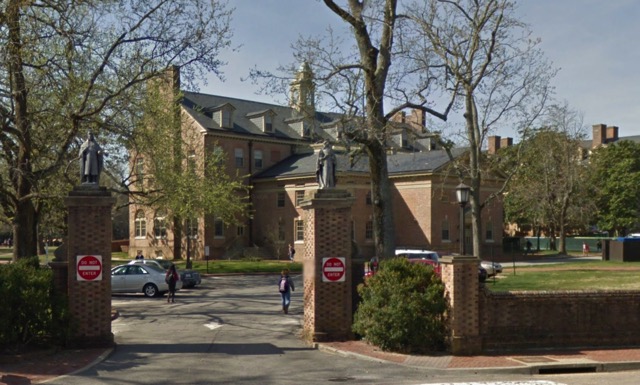
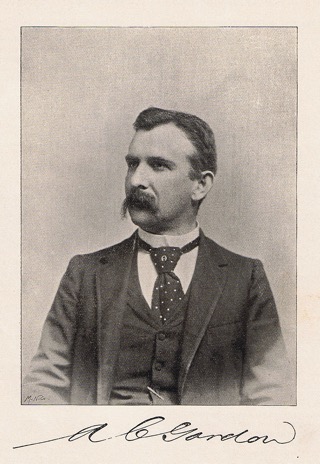

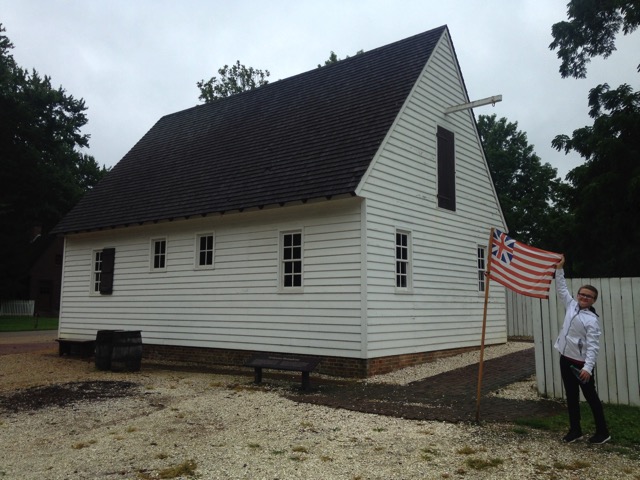




 Rev Matthew Clark (1660–1735) from Kilrea was a veteran of the Siege of Derry. In April 1729 aged around 70 he headed across the Atlantic to succeed Rev James McGregor as minister of Londonderry, New Hampshire. It is said that Clark ‘possessed a strong mind, marked by a considerable degree of eccentricity’. When he died on 25 January 1735, his coffin was carried to his grave by fellow Siege veterans.
Rev Matthew Clark (1660–1735) from Kilrea was a veteran of the Siege of Derry. In April 1729 aged around 70 he headed across the Atlantic to succeed Rev James McGregor as minister of Londonderry, New Hampshire. It is said that Clark ‘possessed a strong mind, marked by a considerable degree of eccentricity’. When he died on 25 January 1735, his coffin was carried to his grave by fellow Siege veterans.

